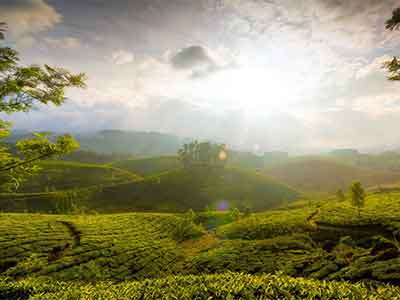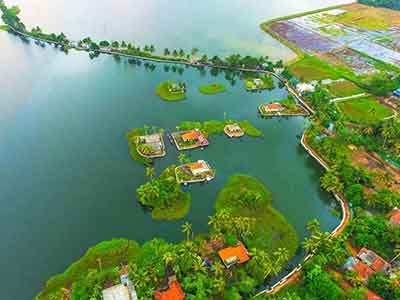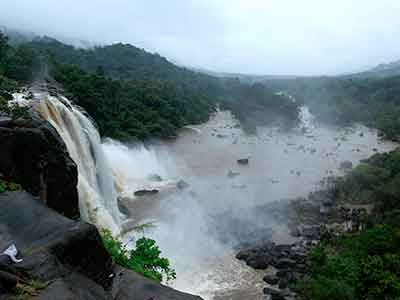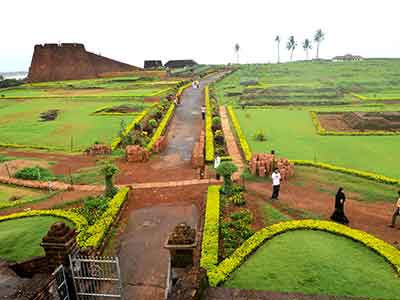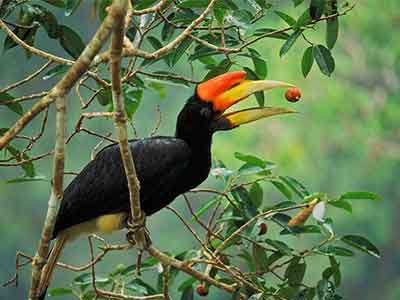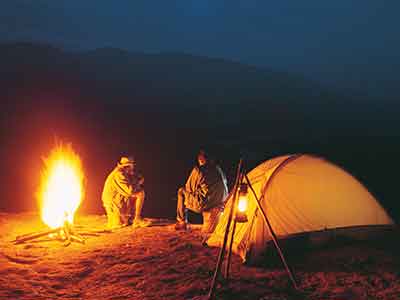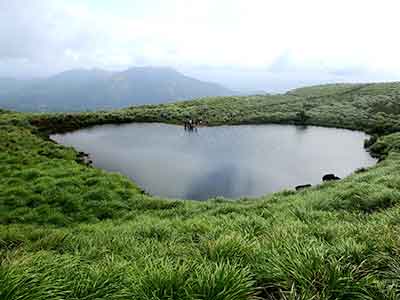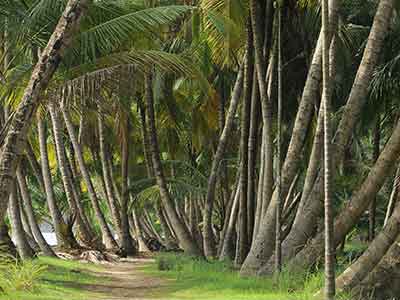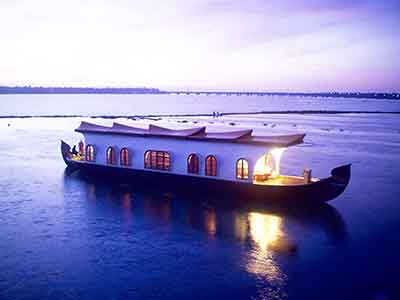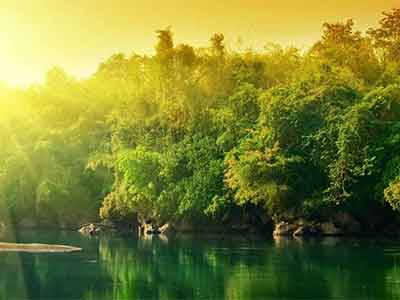Email: sales@travioholidays.in
Help: +91 98950 53303

A nondescript village (except during the season for tourist arrivals) set beside the southern bank of the Tungabhadra River in northern Karnataka, Hampi contains the ruins of the ancient city of Vijayanagara, the former capital of the Vijayanagara Empire. Hampi is also a centre of religious importance due to the presence of the Virupaksha Temple and several other religious monuments in the old city. The Hampi ruins are also a UNESCO World Heritage Site.
The extant monuments of Vijayanagara or Hampi can be broadly divided into religious, civil & military buildings. While most of the monuments at Hampi are from the Vijayanagara period, a small proportion may perhaps begin to a period that is pre-Vijayanagara Kingdom era.
Emperor Ashoka’s minor rock edicts in Nittur & Udegolan suggest that this region was within the Ashokan kingdom during the 3rd century BC. A Brahmi inscription & a terracotta seal dating to the 2nd century CE were also discovered in excavations. The city of Vijayanagara was originally encompassed by seven lines of fortifications. These fortifications once contained a large number of bastions & gateways. Today, the seventh & the innermost fortification that once enclosed the main city & is the best preserved.
Virupaksha Temple
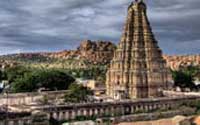
Also known as the Pampavati temple, the Virupaksha Temple is an ancient temple situated within the bustling Hampi Bazaar. Historians believe that the present structure predates the founding of the Vijayanagara empire. A tall tower at its entrance greets visitors and within, the temple complex also contains shrines displaying erotic statues depicting the Hindu goddesses Bhuvaneshwari and Pampa.
Vittala Temple
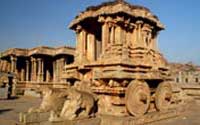
This is perhaps the most well-known and popular among the ruins of Hampi. The iconic stone chariot near this temple complex serves as an official symbol of Karnataka Tourism. Floodlights have been installed around the complex, illuminated at dusk, transforming the architecture entirely and definitely worth experiencing. The famous musical pillars of Hampi are also contained within the temple complex.
Sule Bazaar & Achyutaraya Temple
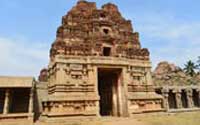
Loccated at the foot of Matanga Hill, the once bustling Courtesan Street (Soolai Bazaar or Sule Bazaar) is today deserted and leads to the entrance of the beautiful Tiruvengalanatha Temple, also known as Achyuta Raya’s Temple. Lined with a number of exquisitely carved pillars, this street was one of the liveliest market places of the Vijayanagara Empire. Even today it grabs the attention of visitors due to its ageing beauty and splendour.
Royal Center
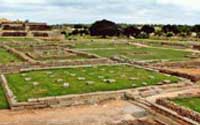
Set on a small plateau southeast of Hampi and extending even further southeast, the ‘Royal Centre’ is separated from the area containing mostly religious monuments by a small valley that now consists of agricultural fields interlaced with irrigation canals and streams that meet the Tungabhadra River opposite the hamlet of Anegondi. `The Royal Centre` contains the ruins of palaces, administrative buildings and few temples that were once exclusively used by royalty. Little remains of the palaces, being built for most part of timber, except the foundations. The temples and numerous stone structures survive however, as do many of the surrounding city walls. An aqueduct runs through a greater part of the `Royal Enclosure` and into the `Great Tank` where water was diverted on special occasions.
Anegondi
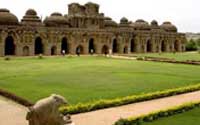
Anegondi, which literally means elephant pit in Kannada, was the once an early capital city of the Vijayanagara Empire, situated beside the northern bank of the Tungabhadra River, across the river from the Vittala Temple. Numerous monuments dot the rocky countryside around Anegondi namely the Pampa Sarovara, Anjana Parvatha and Nava-Vrindavana, in addition to the cemetery of the nine patron saints of Dvaita Philosophy. Another noteworthy monument is dedicated to Vyasaraja- situated on an island, midstream in the river Tungabhadra- a renowned teacher of Krishnadevaraya the most illustrious ruler among the Vijaynagar rulers.
Our Top Tour Packages in South India
The four states that constitute South India are composed of distinctive geographic regions - narrow plains that fringe peninsular South India beside the Arabian Sea and the Bay of Bengal with two mountain ranges running alongside and the rocky hardtop of the Deccan and fertile central plains.
